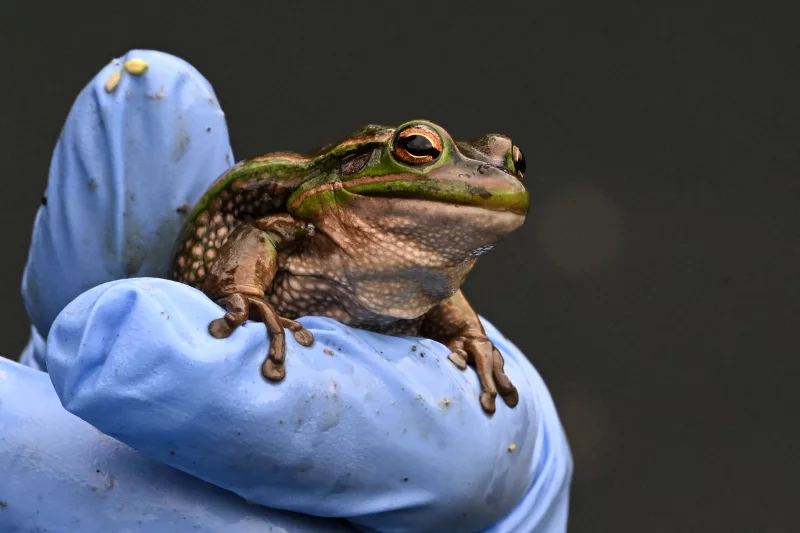Humans have become remarkably skilled at manipulating the fundamental building blocks of life. Genetically modified foods are now common in supermarkets, and researchers regularly employ gene-editing techniques to develop new medicines.
Increasingly, scientists are exploring whether these same tools can be used to protect the planet’s rapidly declining ecosystems and species. From engineering corals that withstand rising ocean temperatures to creating disease-resistant trees, many experts see technology as a potential ally in bolstering nature.
The debate over how far such interventions should go is heating up. At this week’s International Union for the Conservation of Nature (IUCN) meeting, one of the world’s largest conservation organizations will weigh in on whether genetically modified organisms should be allowed to enter the wild. Central to the discussion is a proposed moratorium from a coalition of environmental groups, which would temporarily ban the release of genetically engineered species into natural habitats.
Ricarda Steinbrecher, a European biologist and molecular geneticist, explained the reasoning: “A moratorium is a prudent measure. The science is advancing rapidly, there’s growing pressure to release these organisms, but the consequences are uncertain and potentially risky.”
Conservationists highlight the stakes. More than a million species face extinction in the coming decades, driven largely by human activity. At the same time, habitat loss, climate change, and overexploitation are eroding biodiversity at alarming rates.
Proponents of synthetic biology argue that innovation cannot be sidelined in the fight against extinction. Susan Lieberman, vice president of international policy at the Wildlife Conservation Society, said, “We’re in the midst of both a biodiversity and a climate crisis. We need every tool available to prevent ecosystem collapse.”
Although IUCN decisions are non-binding, a moratorium could still influence funding and institutional approvals, potentially discouraging researchers from pursuing critical conservation projects. Ryan Phelan, co-founder of the nonprofit Revive & Restore, said, “A moratorium from a respected international body could make it more difficult to secure resources or even permission for research, which could slow efforts to protect endangered species.”
Synthetic biology is already being explored in the field. Anthony Waddle, an Australian biologist, is using gene-editing to help amphibians resist chytrid fungus, a disease devastating frog populations worldwide. Waddle’s team is investigating whether DNA from resistant frogs can be transferred to vulnerable individuals or whether latent resistance can be activated within their genomes.
“The science isn’t the barrier—we can technically solve this problem,” Waddle said. “The real challenge is persuading people that it’s a responsible approach.”
Critics caution that synthetic biology remains largely untested in wild settings. It is unclear whether genetically modified species will survive, reproduce, and integrate safely into ecosystems. There is also the risk of unintended consequences, echoing past ecological interventions. Introduced mammals such as rats and rabbits have devastated island ecosystems, and Asian carp, brought to North America for pest control and food, now threaten native fish populations.
Guy Reeves, a scientist working with a German NGO supporting the moratorium, emphasized caution: “There’s a pervasive assumption that we can fix problems we create along the way. That mindset worries me. Gene-editing has promise, but it could fundamentally change our relationship with nature. The question is whether humans are clever enough to re-engineer ecosystems responsibly—or if we’re overestimating our capabilities.”
As the IUCN gathers this week, the debate highlights a critical tension: balancing the urgent need to prevent species extinctions with the unknown risks of intervening in complex natural systems. The decisions made could shape the role of genetic technology in conservation for decades to come.
